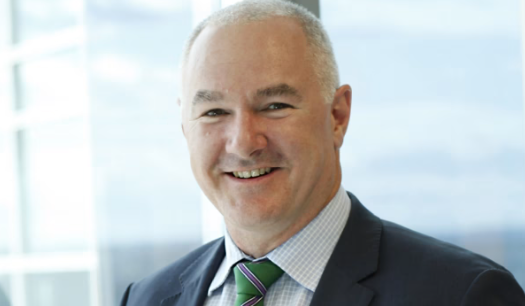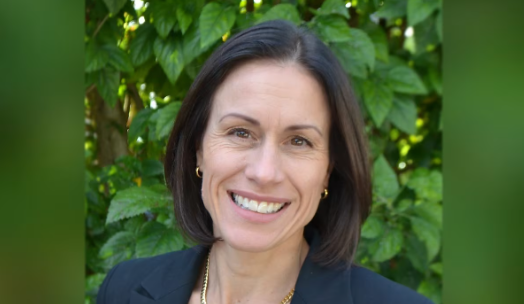Will South Australia’s new home-buying deposit scheme make or break the property market? According to an expert, naysayers need to look at the new policy in context and with data to see why it’s a “great policy”.
The federal government recently announced that the state government-backed lender HomeStart had dropped the minimum deposit for its graduate loan from 3 per cent to 2 per cent — a scheme that is seen to wipe away months of savings for those looking to apply.
Property investor and YouTuber PK Gupta lauded the policy, claiming in his recent video that it will only be “additional firewood” to the state’s already red-hot property market.
“Everyone knows Sydney and Melbourne [are] going down. Brisbane’s property market started to go down. But the complete opposite is true for Adelaide. In fact, it’s the hottest property market right now. [It’s] still growing at double-digit levels for 2022,” he stated.
Mr Gupta underlined that with the graduate loan available in metro and regional areas and with the federal government requiring the home to be bought and built as the purchaser’s primary residence, there is no other way for demand in the region but to go up.
“And that’s really what’s driven the current property boom in South Australia. For the last two years, it’s been primarily driven by home buyers. These are people looking to live in their own home, upgraders or first home buyers,” he stated.
And while the scheme will not be accessible to interstate investors, the founder of Consulting by PK explained why it would be a beneficial policy for people who are looking to enter the region’s property market.
“So if you’re an investor, of course, you can’t access this [scheme]. You have to live in the house for you to access this.
“But this affects the property market that you’re looking to buy into, as [property values] in South Australia or specific parts of Adelaide will continue to go up. There’s no cap. You can buy a $2 million property or a $200,000 property — there’s no cap on this one,” Mr Gupta explained.
But the expert acknowledged that the brand new policy has drawn ire from critics — particularly those who think that the scheme will further undermine the country’s banking sector.
“You’re thinking, well, here’s another policy that further destabilises our banking system. Now all these people aren’t going to be able to afford their mortgages when interest rates go up and it’s going to create an even bigger property market crash.”
Mr Gupta enumerates two detailed reasons why South Australia’s new policy (and other home-buying schemes introduced by state governments) will not bring the country’s banking system and. consequently, the property market to its knees anytime soon:
1. The rate of default loans has been declining since the GFC
Mr Gupta cited the Australian Prudential Regulatory Authority’s data on past due loans as a percentage of advances as an indicator of how many mortgage holders in Australia delayed or were not able to make their mortgage repayments in the last few years.
While he acknowledged that the data is not “super recent”, he focused on the historical trend and highlighted that it has been going down since the global financial crisis.
And while the rate of defaulted home loans is seen to go up as the Reserve Bank of Australia continues its monetary policy tightening, the expert pointed out that any increase will come from “record-low” levels.
In the scenario that the rate of defaulted loans even if it goes up to almost half of GFC levels or at par with levels seen during the GFC, Mr Gupta stated: “Everyone forgets that even in the GFC, [the] Australian property market only came down by about 8 per cent.”
Additionally, he highlighted that even during the peak of the previous major market downturn, there “were property markets that continued to go up”.
2. The banking system has solid mortgage stress buffers in place
Mr Gupta stated that doomsayers of new policies usually undermine the buffers that banks have in place when assessing new borrowers that effectively insulate both mortgage parties from any downward pressure.
For example, he noted that the requirements for South Australia’s new scheme would ensure that the banks are lending money to reliable borrowers.
“The graduate loan is available to South Australian residents with a Certificate III, IV, diploma, [bachelor’s] degree, or higher qualification. So effectively, what the bank or lender is saying is you guys are more reliable. You have some qualifications, therefore, you don’t need to put down that much deposit,” he stated.
He also reminded us that when a bank calculates a borrower’s serviceability, they prepare for any worst-case scenario.
Mr Gupta set the example for borrowers who took out a loan or refinanced with a standard variable rate of 1.89 per cent in 2021.
He explained that when estimating a borrower’s serviceability, the bank will assess a borrower’s ability to repay that loan at 3 per cent higher interest rates — not merely 1.89 per cent.
“And so interest rates have to rise by 3 per cent, for in the bank’s calculation for mortgage owners or mortgage holders to be stressed. And that’s not happening any time soon,” he explained.
In addition to this, Mr Gupta highlighted that the bank would factor in a borrower’s income to determine how much they could comfortably afford to pay — with additional caveats.
In terms of income, he explained: “What the bank further does is they say, look you make an income Pay As You Go, brilliant, we shave it in the calculations to give you that loan at 1.89 [per cent] originally.
“Furthermore, the rent that you get — because obviously, it’s investment property — the rent that you get, we’re gonna shave that. We’re gonna assume that you only get 70 to 80 per cent of the rent that you’re actually getting from that investment property.”
He added that lenders put in place the same added measures when calculating a borrower’s expenses to insulate themselves and the borrower against default.
“When banks assess you (borrower), they’re going to add to your expenses. So let’s say your household budget is $2,000 to $3,00 per month. When the bank assesses you, it will take $4,000 or $5,000.
“So it’s saying that OK, your expenses as per your credit cards, as per what you’ve shown, as per your bank account statement is showing this we’re gonna put some extra buffer in, just in case,” he explained.
After crunching these numbers, Mr Gupta concluded: “So people who got that loan of 1.89 per cent, the banks actually calculated it as if almost indirectly implicitly that they were paying 6 per cent and interest rate aren’t going up to 6 per cent.”
The expert said that at most, analysts are predicting a further interest rate hike of 1 per cent that will bring the current cash rate of 1.85 per cent to 2.85 per cent — figures that are still “nowhere near” the 6 per cent mark for the average standard variable loan rate. He also forecast that rates might even begin to stabilise in the near future.
On that note, Mr Gupta stated: “That’s what Australian banks have been doing for years and years and years. This is why the Australian banking system is so strong.”
Circling back to South Australia’s new scheme, he concluded that investors need to see the bigger picture in order to understand what the new policy will mean for the market.
“This is a great policy, and it will get so many more people into the property market in South Australia.
“The people who couldn’t afford it, otherwise, that have just started their working careers, they know you’ve qualified, and that would just boost the housing market in South Australia,” Mr Gupta surmised.


